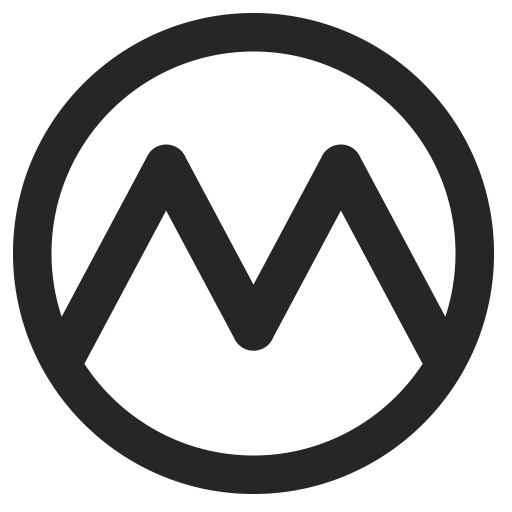The MGB has been a staple of club racing for 57 years thanks to it’s low cost of entry, long production life, and truckloads of performance parts.
But the rarest MGB racers are the factory cars – prepared by BMC and later British Leyland for entry into Le Mans and other major events. Because the six-cylinder MGC was about to take over as MG’s performance leader, the cars you see here are the last four-cylinder “works” MG sports cars, built primarily for Sebring and the Targa Florio.
BMC’s competitions department was still going strong in 1967 with a new manager – Peter Browning; who had come to work at Abingdon to boost interest in MG and Austin-Healey clubs and had worked extensively under the previous Competitions chief, Stuart Turner.
The Turner era and Paddy Hopkirk are usually associated with the huge successes of the Mini, but during that time the MGB had also racked up a number of real competition successes. Though a private entry, rising star Hopkirk and American Alan Hutcherson won the 2.0 GT class at LeMans in 1963 in a modified MGB roadster with a hardtop and a special nosecone.
The car did very well in other events too, winning the gruelling 84-hour 1966 Marathon de la Route, a four-day endurance test at the Nurburgring, in the hands of Andrew Hedges and Julien Vernaeve.
Hedges & Hopkirk
Hopkirk and Hedges were periodically a team at BMC, and the pair campaigned MGB roadsters at Le Mans in 1964 and 1965. They lost, but considering how specialized the 2.0 GT competitors were – the Alfa Giulia TZ in 1964 and the and Porsche 904 in 1965, that the not-all-that-different from stock MGB did as well as it did could be considered an achievement.
By then Hopkirk was world-famous from his win in the 1964 Monte Carlo rally in the Mini, and internationally recognized as a talented endurance and rally driver.
Competition sells cars, certainly sports cars, and during the transition from Turner to Browning plans were made for the 1967 season; which is how these cars came about.

The “Herrington MG-B” started life as a regular MGB plucked from the line at Abingdon and sent to BMC’s U.S. headquarters in Leonia, New Jersey. There it was transformed into a practice car for Hopkirk and Hedges – scheduled to run the ’67 Sebring 12-hour that March. The real race car was still being prepared by BMC Competitions.
Sometimes called a “familiarization car,” one wonders how much “familiarization” this team really needed for an MGB drive. The pair had run the ’66 Sebring race in a roadster, though their day ended early thanks to a broken connecting rod.
Nevertheless, the familiarization car set them up for a good outing (11th overall) in the real car; known by it’s registration – LWL 591E.
LWL Splits into a Family
When “LWL” was shipped back to the U.K. to compete in races in the U.K. and Europe, it was heavily damaged at the docks, and so a new car was built with the same registration; but now in racing green, in time for the ’68 season.
It campaigned again at Sebring in March ’68, but by then Hopkirk and Hedges were piloting an MGC. They switched back to “LWL” for the Targa Florio 2 months later, finishing 12th, behind Alfa T33s and Porsche 907s. The 4-cyl “LWL” also ran the ’69 Sebring race as a factory entrant. It was eventually sold and became a club racer.
In the meantime, the old practice car was “gifted” to Herrington Motors, an import shop in Warwick, NY run by privateer Bill Herrington, who transformed the car into the “Herrington MG-B” and continued to race it until entering it in the 1970 Sebring 12-hr, where it had a spectacular crash (everyone walked away). It was mounted above a bar for many years, before the bar burned down.

BMC competitions was a relatively low-budget operation considering how successful it was – and that continued after the 1968 British Leyland merger. According to Hopkirk, the company got a great deal of return on its competition efforts (think of how many Minis those Monte wins sold, for example) but now faced management who weren’t really interested in racing and viewed it as an unnecessary expense.
With the MGC a market dud and the MGB aging by 1970, the action by then was on the Triumph 2.5PI and other sedans, but Donald Stokes closed the competition department in October of 1970.
Reunited and It Feels So Good
Both “LWL” and the “Herrington” were eventually reunited and lovingly restored by Ralph Zbarsky, who continues to race them and drive them on the road – they are road registered and legal in their current British Columbia home.
This pair of competition cars are still raced, as you can see. The MGB is rarely the fastest car on the track, but these two can still hustle. The damaged shell of the original red LWL 591E was later restored and, since the other “LWL 591E” was now in the U.S., the DVLA gave it permission to wear the original registration – so there are two of them.
Mr. Zbarsky and friends were happy to show off the cars at this weekend’s Sovren Racing historics at Pacific Raceways.


I’m sure you know by now it’s LBL not LWL…